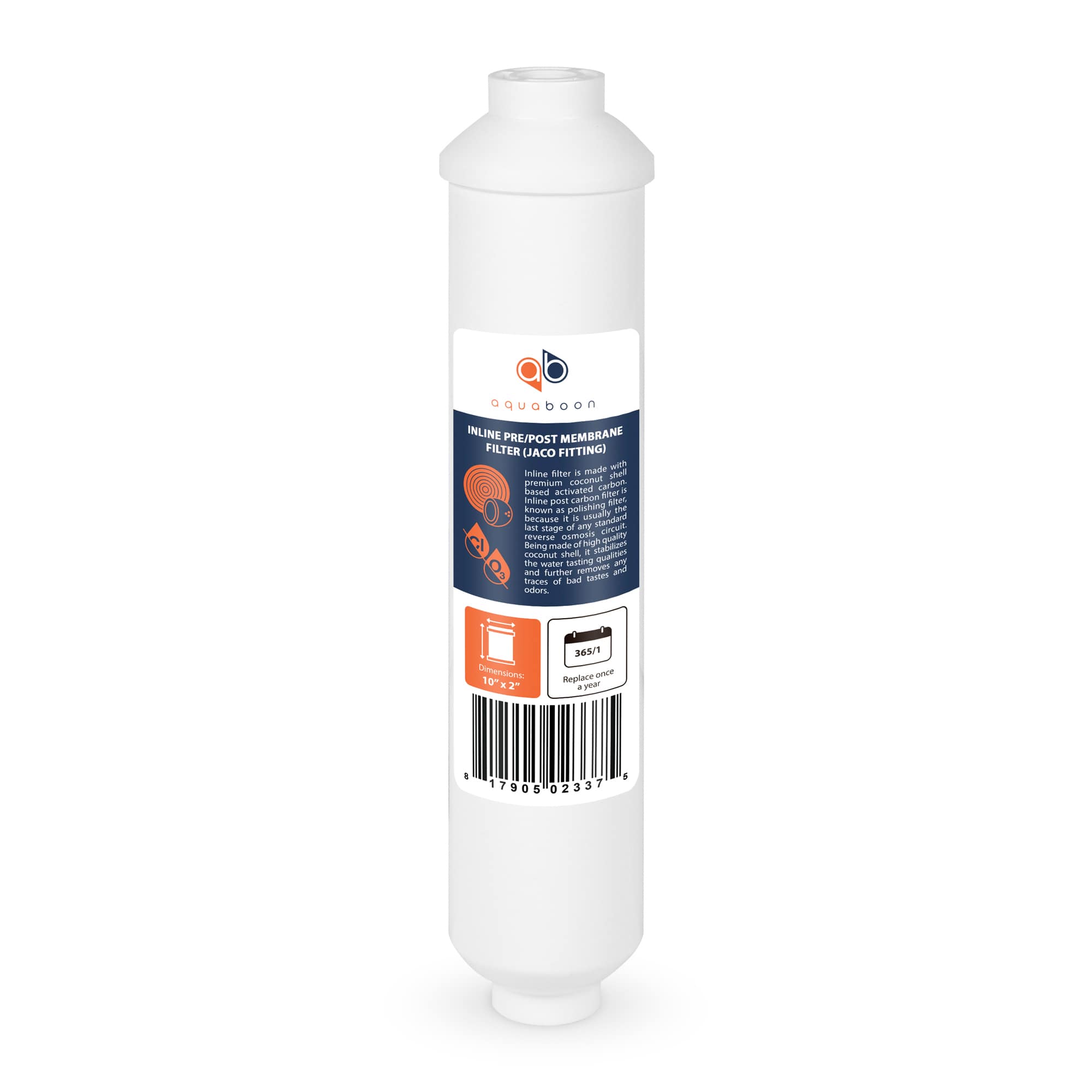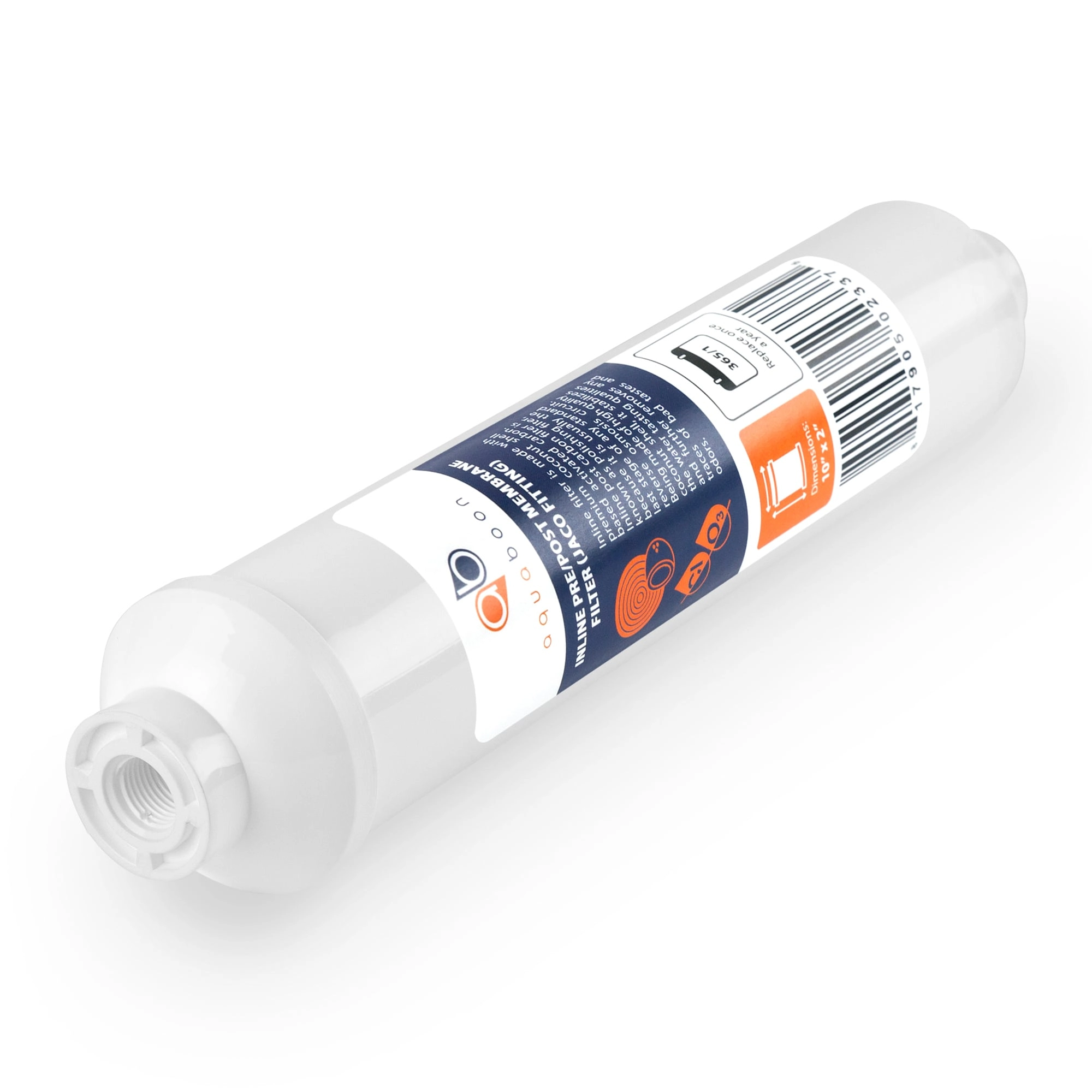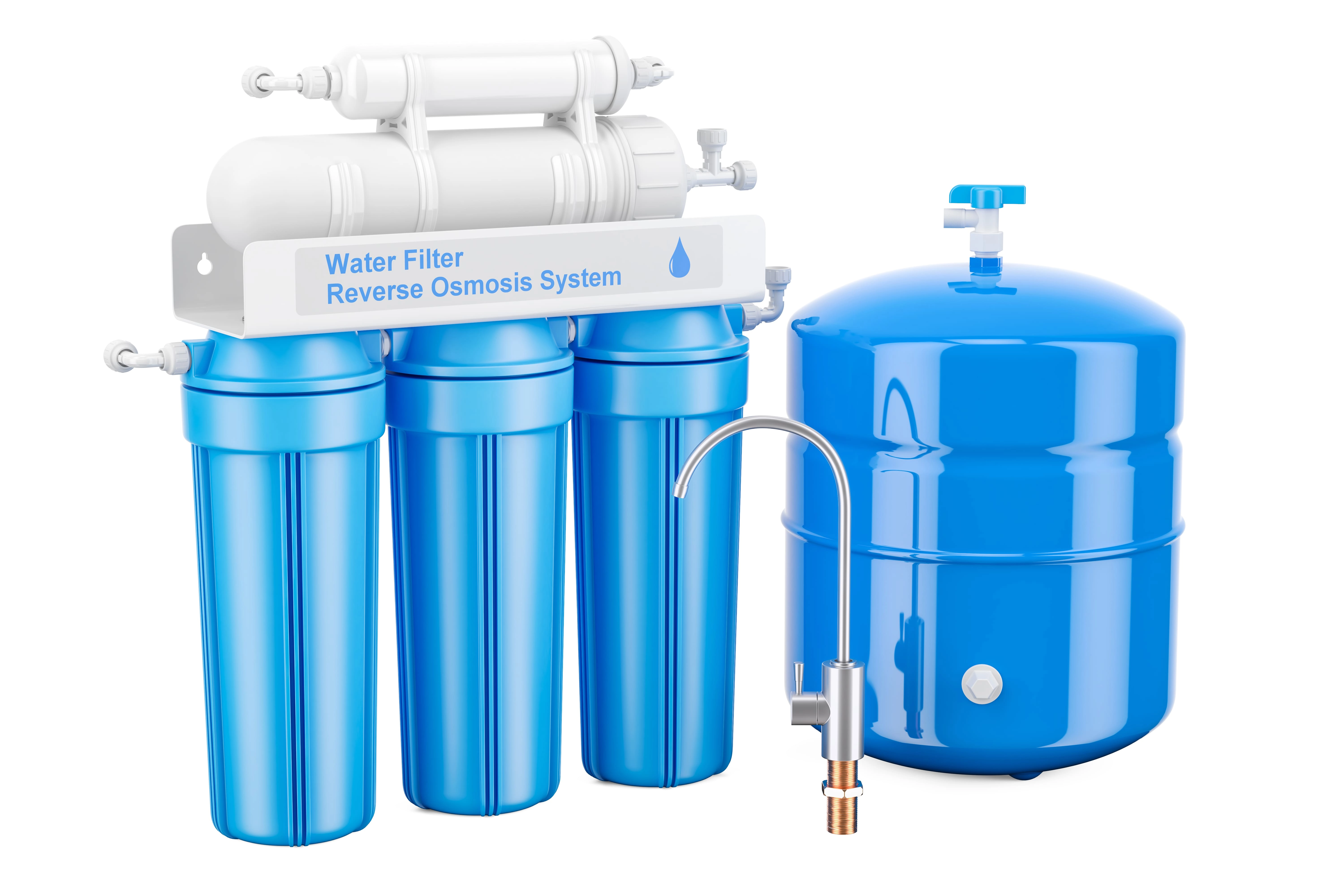Inline Water Filter vs. Reverse Osmosis
Guzzling down cups of filtered water is one of the healthiest ways to hydrate.
Furthermore, it keeps us safe from water-borne diseases, regulates body temperature, and keeps our bodies functioning as they should.
In this article, we will compare two of the most common decontamination mechanisms; inline and reverse osmosis systems. We will dig deeper into what they are, their features, uses, and differences.
Let's delve into the specifics.
What are inline water filters?
An inline filter is an excellent decontamination system installed directly into the main water line. It is widely used for household applications and appreciated for its ability to deliver crystal clear water throughout the home.
One of the advantages of these systems is that they are small, making them ideal for homes with limited space. In addition, they are easy to install, eliminating the need for professional plumbers.
However, its working life is approximately a couple of months to a year, after which it will need a replacement. Failure to do so leaves you vulnerable to poor quality water as it will be too worn out to function optimally. It may also release previously sieved pollutants, contaminating the water even more.
What are RO systems?
An RO system is a treatment solution where water flows through membranes, carbon, and sediment cartridges, eliminating debris, chemicals, metals, gases, and other substances that may be toxic when consumed.
Unlike inline cartridges that trap harmful contaminants, the RO system washes off the pollutants. The clean RO water goes through a dedicated faucet while the one packed with pollutants is drained out. Thanks to its multiple filtration stages, it is one of the most sought-after decontamination systems for household and commercial use.
Installing it into your home means your family is will be drinking healthy water every day.
Comparison of removed contaminants
Inline and RO systems will eliminate pollutants from water. But do you know exactly which type of contaminants each will remove?
Here is reverse osmosis vs filtration comparison that seeks to share contaminants that each system will eliminate.
Inline filters
- Foul smells, for instance, the rotten-egg odor caused by hydrogen sulfide
- Mercury
- Bad tastes
- Chlorine
- Copper
Reverse osmosis filters
- Foul smells
- Unpleasant taste
- Chloramines
- Metal ions such as copper and lead
- Arsenic
- Fluoride
- Nitrates
- Pesticides, herbicides
- Sediments such as silt, sand, and other insoluble particles
- Bacteria
- Viruses
- TDS
Factors to consider when choosing a filtration system
Even with the myriad of treatment systems available in the market, not each one guarantees your family total protection.
For this reason, you must choose one that is your family's perfect fit.
So, are you torn between RO and inline undersink water filters? Below are factors that should stay top of mind when picking the right one for your household.
Water Quality
Water from treatment plants will often come into contact with pollutants before it flows into your taps. Impurities that may compromise water quality include hydrogen sulfide, rust, lead, arsenic, and pesticides.
And these are only a fraction of them!
In addition, the water that flows from your taps contains chlorine or chloramines. These are chemicals used in the decontamination process at treatment plants to get rid of bacteria and pathogens. Although unharmful, the disinfectants leave an after-taste that many people find unpleasant.
So, you need to pick a filter that will do away with the impurities in your water. If you only want to improve taste, the inline option would work. However, if your water contains chemicals, gases, and debris, the RO system would be the more efficient option.
Service flow rates
When considering the difference between RO water vs inline filtered water, their water flow rates should always remain top of mind.
An RO system will store water in its tank, assuring you of a steady flow. Inline options, however, will trap a load of impurities over time, making it harder for water to go through.
So, if you want water to flow into your home with more pressure or you have home appliances that require high water flow, an RO system would be your ideal fit.
Cost-effectiveness
An inline cartridge will initially cost less than an RO system. However, to maintain water quality, you might need to get a new one every 40 to 100 gallons, depending on the manufacturer. Also, depending on your usage and the pollutants you wish to remove, an inline water purifier may have a working life of two to six months before needing replacements.
However, even though RO systems will attract a higher selling price, you will only be required to switch out the cartridges once or twice yearly. Therefore, in the long haul, RO systems will be cost-effective. Also, considering the system's unmatched efficacy, the chances of visiting the hospital due to water-borne diseases are slim to none.
Wrapping up
When looking at filtered water vs reverse osmosis, the latter takes home the crown. The system boasts incredible purification capabilities, allowing families to hydrate healthily.
However, if you live alone and only need better-tasting water, inline cartridges would serve you well.
Are you still not sure which one to pick? Our customer support at FilterWay will help you pinpoint your need and determine the perfect solution.
Contact us today and choose the best solution for home water filtration.














